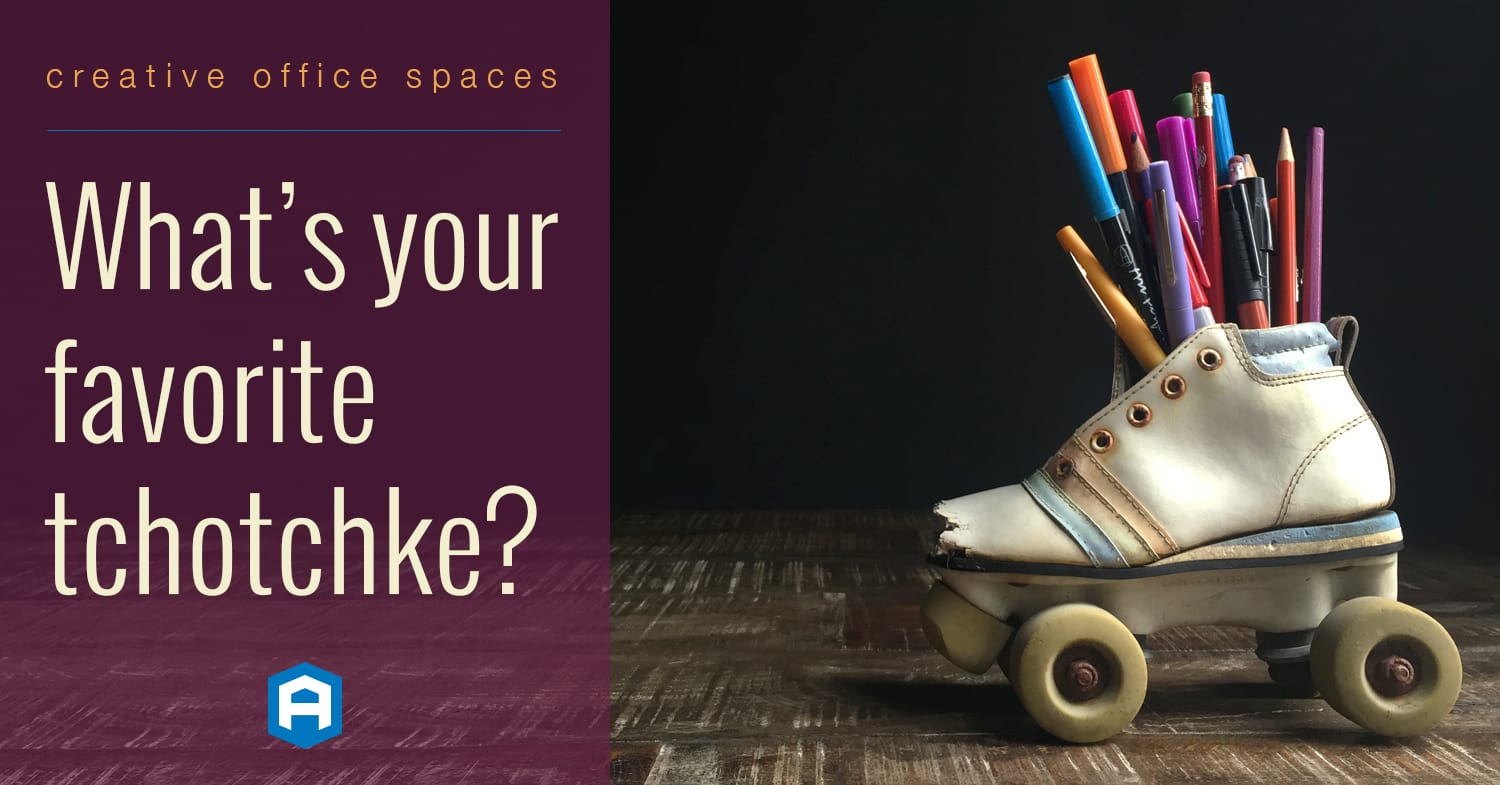
Snack Attack: How Bite-Sized Content Is Eating the Internet (And How You Can Join the Feast!)
Hey there, content connoisseurs! Remember when we thought our attention spans couldn’t get any shorter? Well, surprise! They did. Welcome to the era of the Great Snackification, where micro-moments reign supreme and content comes in fun-size packages.
Google and the SEO algorithms have always loved a five-course meal of longform content. But your customers? They’re all about that drive-thru digital diet. Snackable content isn’t just having a moment – it’s throwing a full-blown party, and everyone’s invited!
But hold onto your hashtags, folks. This isn’t just about shrinking your content. Oh no, we’re talking strategic snacking here. It’s time to turn those bite-sized bits into a buffet of brand-building brilliance!
So, grab your metaphorical napkin and let’s dig into how you can whip up some irresistible content canapés that’ll have your audience coming back for seconds, thirds, and – who are we kidding – probably fourths too. Ready to become the Gordon Ramsay of tiny content? Let’s go!
What Are Micro-Moments?
Coined by Google, micro-moments are defined as “an intent-rich moment when a person turns to a device to act on a need – to know, go, do, or buy.” These moments are characterized by their immediacy and relevance, often occurring on mobile devices as consumers seek quick answers or solutions. There are four main types of micro-moments:
I-want-to-know moments: When consumers are researching or learning something new.
I-want-to-go moments: When consumers are looking for a local business or are considering buying a product at a nearby store.
I-want-to-do moments: When consumers need help completing a task or trying something new.
I-want-to-buy moments: When consumers are ready to make a purchase and need help deciding what or how to buy.
The Power of Snackable Content
Snackable content refers to short, easily digestible pieces of content that are designed to be consumed quickly. This type of content is perfect for micro-moments as it caters to the limited attention span and immediate needs of today’s consumers. Examples include:
- Short videos: Think of TikToks, Instagram Reels, and YouTube Shorts.
- Infographics: Visually appealing and informative graphics that convey complex information quickly.
- Memes: Humorous or relatable images and text that can be quickly shared across social media platforms.
- Quick blog posts: Short articles that provide valuable information or insights in a concise manner.
- Calls to Action: Sometimes your customers just want to get to the point!

How Micro-Moments and Snackable Content are Shaping Digital Marketing
1. Increased Engagement
Micro-moments require brands to be present at the exact moment when consumers are looking for information. Snackable content is highly engaging and shareable, making it easier for brands to capture and hold the attention of their audience during these critical moments.
2. Mobile Optimization
With the majority of micro-moments happening on mobile devices, it’s imperative for brands to ensure their content is mobile-friendly. This means fast-loading pages, easy navigation, and content that is visually appealing on smaller screens.
3. Personalization
Consumers expect personalized experiences. By leveraging data and analytics, brands can deliver content that is tailored to individual preferences and behaviors, increasing the relevance and impact of their message.
4. Timeliness
The immediacy of micro-moments means that timing is everything. Brands need to be agile, capable of delivering the right content at the right time. This requires a keen understanding of consumer behavior and the ability to act quickly on insights.
5. Omnichannel Approach
Micro-moments and snackable content work best when integrated across multiple channels. Whether it’s social media, email, or a brand’s website, a consistent and cohesive approach ensures that consumers have a seamless experience no matter where they engage with the content.
Strategies to Leverage Micro-Moments and Snackable Content
Know Your Audience: Understand the specific needs, behaviors, and preferences of your target audience. Use this knowledge to create content that resonates with them during their micro-moments.
Example: If you’re marketing running shoes to runners vs. all people with feet, don’t just post about your latest models. Create quick 15-second videos showing how your shoes solve common runner problems like “How to avoid blisters on long runs” or “Best shoes for rainy day jogs”. It’s like being a mind-reading shoe fairy! Then make those easy to find by creating playlists and Instagram highlights. Creating shopping links based off those problems to make shopping faster as well.
Create Valuable Content: Focus on providing real value. Whether it’s answering a question, solving a problem, or entertaining, ensure your content meets the needs of your audience.
Example: A recipe app could offer “5-ingredient dinner hacks” in 30-second videos. Suddenly, you’re not just an app, you’re the superhero swooping in to save hangry users from the drive-thru! But don’t stop there. Create a “screenshot-able” shopping list or links to order grocery delivery. Link to a longer video with walkthrough instructions to use while cooking.
Optimize for Mobile: Ensure your website and content are mobile-friendly. Use responsive design, fast loading times, and intuitive navigation to enhance the mobile experience.
Example: Make your website smoother than a buttered cookie sheet. If users can’t thumb through your site faster than they swipe on dating apps, you’re doing it wrong! Challenge yourself to get in your audience’s shoes and see if you can solve their problem in under 30 seconds via strategic buttons, calls to actions, and informational headlines.
Use Visuals: Incorporate visuals like videos, infographics, and images to make your content more engaging and easier to consume quickly.
Example: Turn boring stats into a colorful infographic. Instead of saying “70% of people prefer cats”, show a pie chart where the cat slice is literally a cat curled up in a circle. Meow-velous!
Be Present: Be where your audience is. Utilize social media, search engines, and other digital platforms to reach consumers during their micro-moments.
Example: If you’re targeting busy parents, create Pinterest-friendly images with quick parenting hacks and instant solutions to specific problems. Be the digital Mary Poppins they didn’t know they needed!
Measure and Adapt: Continuously track the performance of your content. Use analytics to understand what’s working and what’s not, and be prepared to adapt your strategy accordingly.
Example: Treat your content like a science experiment. If your ‘Dad Joke of the Day’ series is bombing harder than a bad comedian, pivot! Maybe your audience prefers ‘Mom’s Sarcastic Comebacks’ instead. Keep testing until you find your content’s secret sauce! Also, keep it fresh. No one likes expired content!
Alright, content chefs, it’s time to wrap up this tasty tutorial!
Let’s face it – we’re living in a world where attention spans are shorter than a TikTok dance and everyone’s hungry for quick, juicy info-bites. Micro-moments and snackable content aren’t just buzzwords – they’re the secret sauce in your marketing recipe!
So, what’s the takeaway? (Pun totally intended!) It’s time to turn your content buffet into a tapas bar of tempting tidbits. Master the art of the micro-moment and you’ll be the Gordon Ramsay of the digital dining scene, serving up bite-sized brilliance that keeps your audience coming back for more.
Remember, in this fast-food world of content consumption, it’s not about supersizing – it’s about strategizing. So go forth and snackify! Your audience is waiting, forks (or should we say thumbs?) at the ready. Now, who’s ready for seconds?
Need Specific Help?
Interested in a specific topic? Review the topics below to get the info, news, and tips you need!


















































![HubSpot Partner Day 2019 [Recap] 52 ADC partner day 1200x630 1](https://www.atomicdc.com/wp-content/uploads/2019/09/ADC-partner-day-1200x630-1.jpg)



![30 Awesome HubSpot Tools That Won’t Cost You a Dime [Free Inbound Marketing Tools] 56 30 hubspot tools that won't cost you a dime](https://www.atomicdc.com/wp-content/uploads/2019/06/ADC-30-hubspot-tools.jpg)









































































